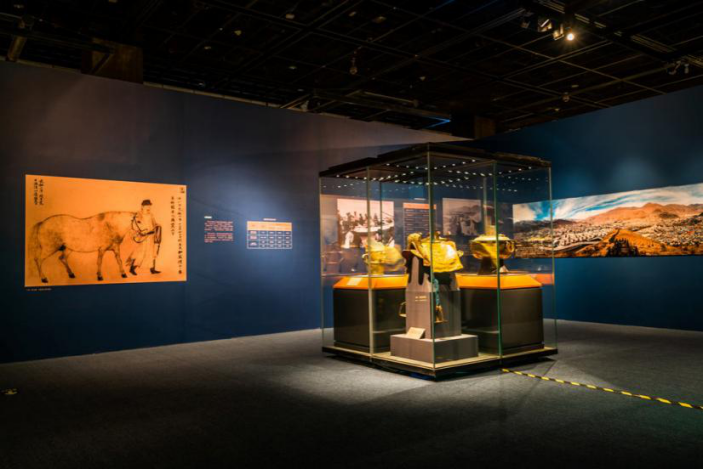Qinghai along the Belt and Road

Qinghai along the Belt and Road
山宗•水源•路之冲——一带一路中的青海
Dates: Feb 28 - Jun 30, 2019
Location: Capital Museum of China, Beijing
As a result of its unique geography, Qinghai functions as a transportation hub. This exhibition highlights the harmonious coexistence of multiple cultures and distinct ethnic features that came to define the place, as well as its role as the source of ecological civilization of China. In addition, objects related to Qinghai and the Silk Road are also clearly contained in each section to reflect the opulent cultural exchanges that occurred there.

Taking the historical development of Qinghai as its main narrative line, and from the perspective of the intersection of farming and nomadic cultures, the exhibition is divided into five parts. The first reviews the prehistoric civilization and external exchanges of Qinghai. The second focuses on the stories of this region during the Han Dynasty (206 BC-220). Parts three and four talk about the rise and fall of the Tuyuhun (313-663) and Tubo (618-842) kingdoms, two local regimes established by ethnic minorities, and the development of Qinghai under their reigns. The final section demonstrates Qinghai’s historical culture and the ancient Tea-Horse Caravan Route -- chama gudao from the Song (960-1279) to the Qing (1644-1911) dynasties.

The exhibition includes both the discoveries of field archaeologists since 1949 and those made during the infrastructure constructions of recent years -especially the exquisite cultural relics found in the Dulan tomb complex. Models and specimens are also widely employed to enrich the displays.




